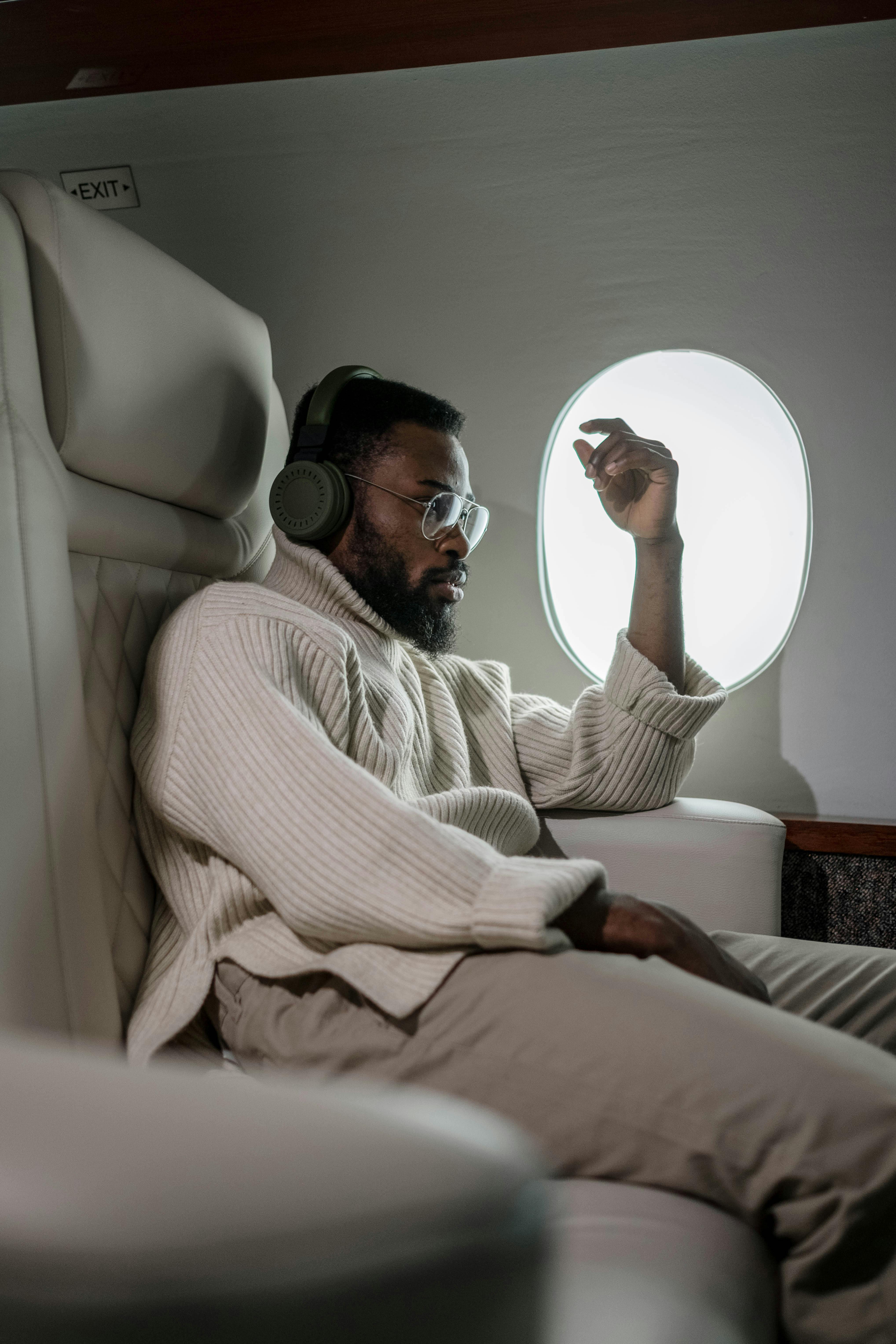A successful start to the new year has welcomed gyms with motivated individuals looking to achieve their fitness goals. Entering the third month of the year is usually when results from our health and fitness efforts start to materialize. New Year’s resolutions commonly include visions of weight loss, losing a few inches around the midsection, or getting out of the pre-diabetic category our doctors may have placed us in. Decisions to hit the gym, a Yoga or Pilates class, or personal training sessions pay dividends to lean muscle mass composition, increased overall mood, and loss of fat mass. If you’ve come this far and have been consistent from the beginning of the year until this point, you should feel proud of yourself. Consistency and adherence to a fitness routine have challenges attached to them that might hinder our ability to comply to ensure we get our workouts in.
An obstacle present in many of the working classes’ lives affecting compliance with the discipline of maintaining a steady exercise program is commuting and traveling. Sitting in a confined area with nothing to do except look forward and wait until the trip is over can wreak havoc on the body and mind, particularly when using an airplane as the transportation vessel of choice for business or family trips.
Airplane seats aren’t the most ergonomically sound sitting devices. Restricted leg space, the decreased ability to recline the seat or adjust the seat height, and the challenge of getting up to walk around and revert the body to a standing position pose obstacles for our bodies to reside in an optimal position throughout airplane travel. Following the trip of being packed in a metal tube like a can of sardines shooting through the sky to get to our desired destination can create physical challenges to our body, influencing resistance to move efficiently. Additionally, the mind-numbing effects of watching movies or waiting until the flight is over during the plane ride can create a state of lethargy. We may not want to move or think normally after an exhausting trip on an airplane because the body has been put through a mentally and physically stressful situation.
To counteract some of the potential threats like plane rides apply to our adherence to maintaining our physical activity and fitness levels, a few solutions to keep the body moving throughout the trip could include exercises you can perform in your seat to keep blood flow to essential parts of the body so we don’t just sit and marinate in a sedentary position the entire flight. A few examples we recommend to our personal training clients who commute for work travel include exercises focusing on neck, shoulder, and hand movements since the requirements to move around are minimal:
- Side-to-Side Neck Stretch: Start by flexing the neck by bringing the ear to the shoulder until a brief stretching sensation is experienced in the side of the neck and upper shoulder. Once you feel a slight stretch, flex your neck in the other direction by bringing your ear to the other shoulder. Repeat this stretch for five to ten repetitions.
- Scapular Protraction and Retraction Stretch: While maintaining your elbows at a 90-degree angle and keeping your fingertips facing forward, glide your shoulder blades forward along your rib cage until you feel a stretch in the upper back and muscular sensation in your pectoral region. Reverse the motion and glide your shoulder blades backward against your ribs. You should feel a muscular sensation in the muscles surrounding your shoulder blades. Repeat this movement for five to ten repetitions.
- Finger Flexion and Extension: Start by extending your arms in front of you at about armpit level. Straighten the fingers away from the body until a muscular sensation is experienced in the back of the hand, wrist, and forearms. Reverse the motion by making a fist and squeezing with both hands until a muscular sensation is experienced in the forearms. Repeat this movement on both hands at once for five to ten repetitions.
These movements don’t have the same effect as a seventy-five minute professionally designed exercise session you get with your personal trainer or a class led by a skilled Yoga teacher. However, these movements revert the repercussions of the restricted environment influencing lack of movement while enduring long plane flights. The amount of blood flow, contraction of significant muscle groups surrounding important joints, and the production of excitatory hormones when stimulating muscles throughout a mundane and drawn-out setting can mitigate underuse injuries in sedentary environments such as long plane flights. Additionally, if we can condition our mindset to gift ourselves the ability to grant our body some form of movement, albeit minimal compared to a concentrated exercise session, we can develop reflexive responses to produce critically essential movements that support our fitness goals in circumstances when we are posed with the challenge of being confined to tight quarters.
Sean McCawley, the founder and owner of Napa Tenacious Fitness in Napa, CA, welcomes questions and comments. Reach him at 707-287-2727, napatenacious@gmail.com, or visit the website napatenaciousfitness.com.

